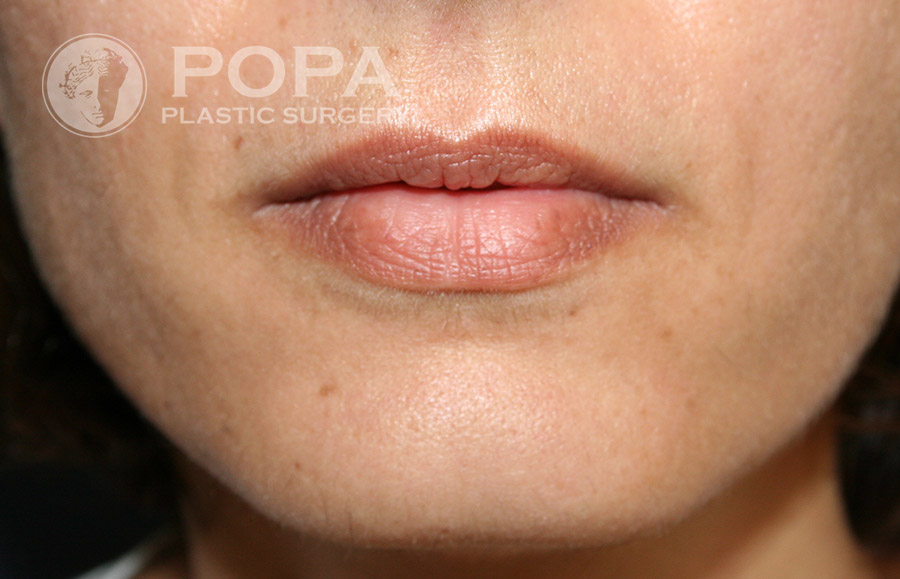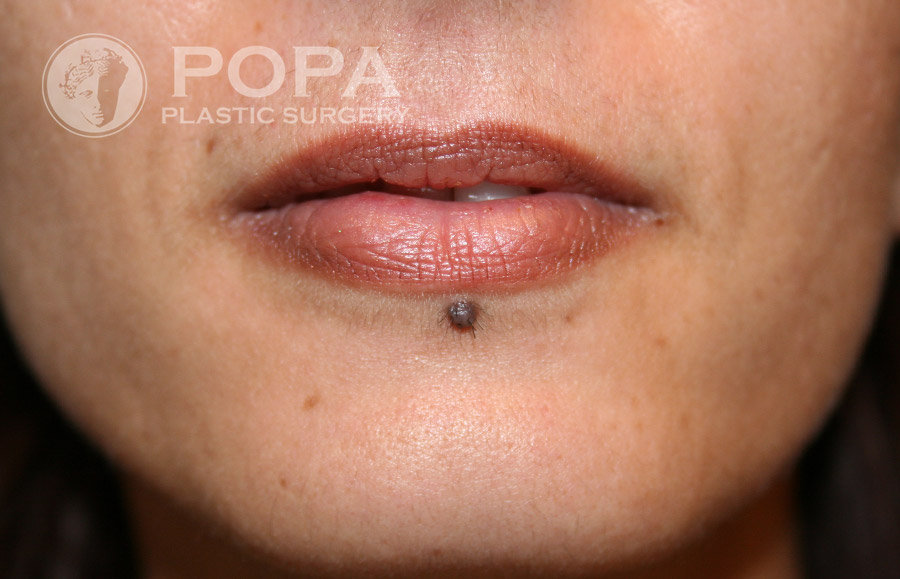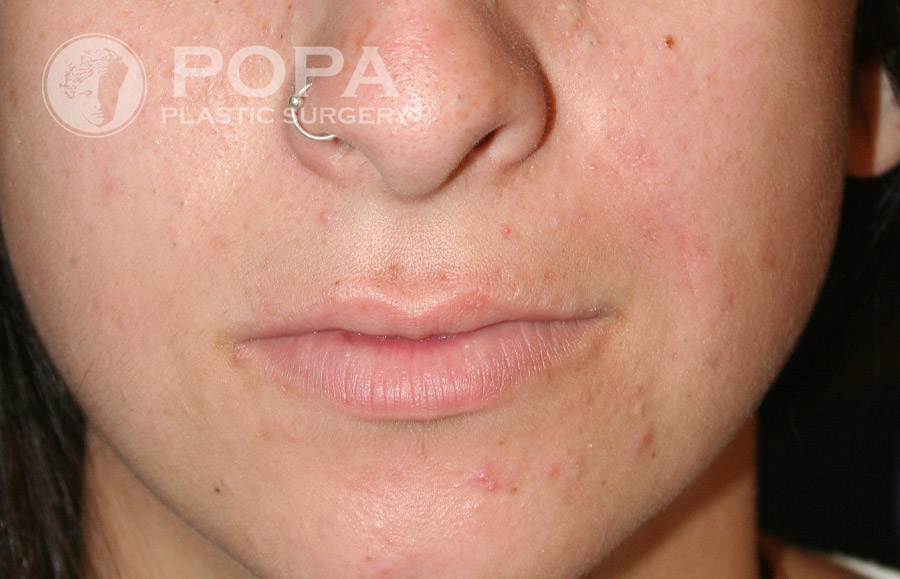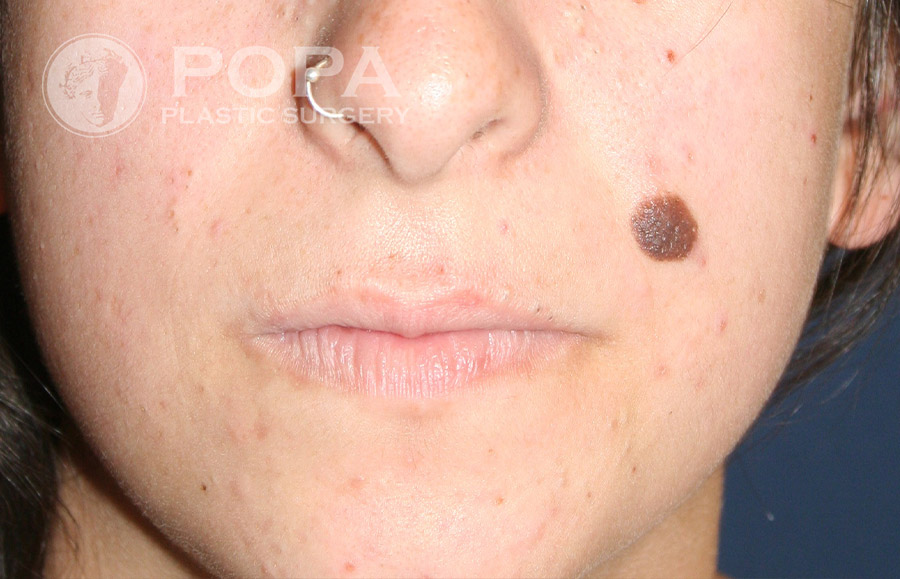RECONSTRUCTIVE FACIAL
Head – neck reconstruction
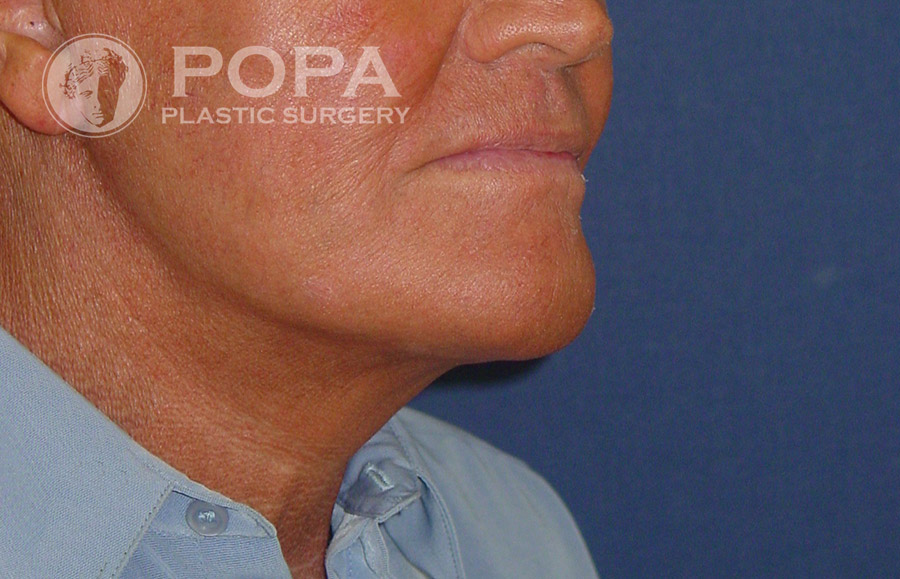

SKIN CANCER
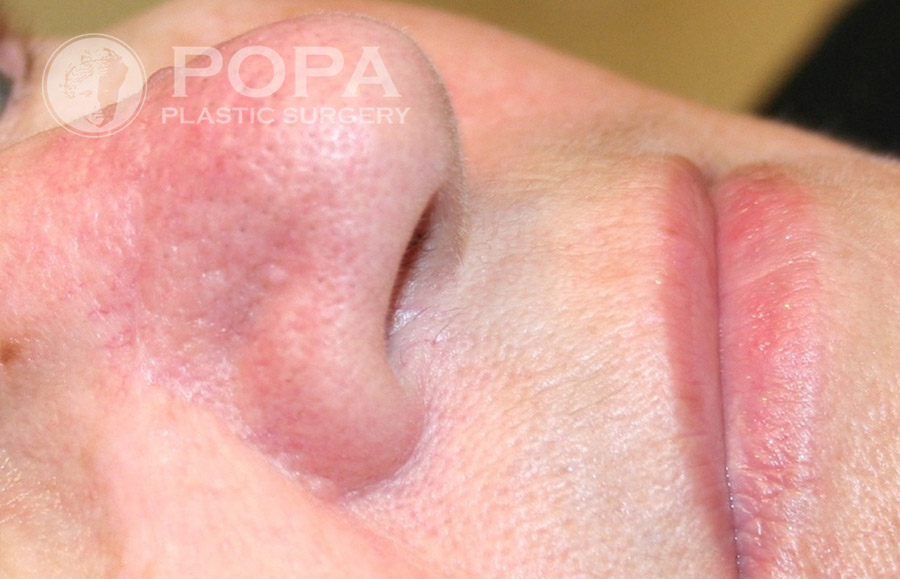
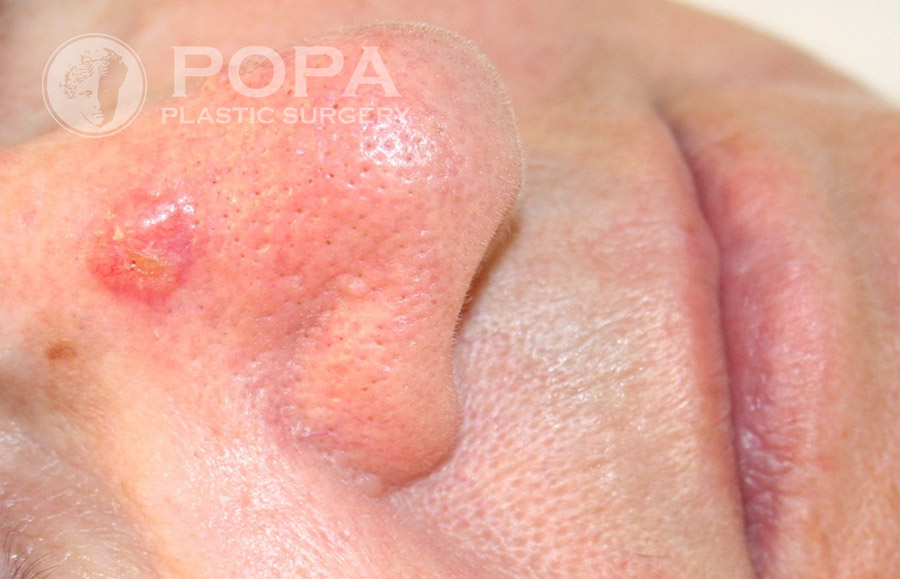
The most common form of cancer in humans is skin cancer. It is estimated that approximately fifty (50%) percent of human beings will develop a skin cancer during the course of their lifetime! While this number seems terrifyingly high, the prognosis for mankind is not that bad. These tumours, being located on the outside of our bodies, are easily recognized, and in most cases skin cancer tends to spread slowly, if at all. What is disturbing is the seemingly exponential increase in the numbers of skin cancers. Some studies estimate that the incidence (occurrence rate) of skin cancer in the population is increasing at more than three percent per year.
Medical researchers have proven that skin cancer rates occur proportionally to solar exposure. Specifically it is the exposure to ultraviolet light (UV) in sunlight that seems to increase the rate of occurrence of this family of diseases. This probably explains the surge in cases that physicians are noting at the present time. Prior to the 1940’s sun exposure was generally limited to outdoor workers, and to occasional trips to the beach. Following World War II, the population (of the United States at least) became increasingly in love with the sun. Many of those raised in that era can recall the billboard and with the little girl looking over her shoulder and checking her "tan line". Some can remember spending days at the beach or pool covered with a homemade solution made up of equal parts of baby oil and iodine. The entire intent was to get as dark as possible, as quickly as possible, and then to maintain that condition. The 60’s generation, now in middle ages, is paying the price for that flirtation with the "sun god". Sun blocks were unheard of. Children spent their entire summers and after school hours outside, baking! Cute, but not too healthy given today’s knowledge. Fortunately todays are more informed, and medical research has given them tools to protect their kids. Sun Screens are much more prevalently used to protect both children and adults as they enjoy the outdoors. These agents are effective and should be used routinely when the sun exposure is anticipated.
In general, an "SPF-15" block should protect against something approximating ninety two (92%) percent of the harmful radiation and an "SPF-30" block preparation should screen an additional four (4%) percent. As these products become more prevalent, it is this author’s expectation that the rates of skin cancer occurrence should again begin to drop back to those rates seen twenty years ago. Today’s children are (hopefully) better protected from this problem than were their parents!
We now know that sun exposure increases the risk of skin cancer. We believe that this relationship is proportional, that is, the more UV exposure likely is the development of skin tumours. This propensity for the development of skin tumours is however also effected by genetics. We know that dark skinned people have a lesser incidence of skin cancer in general, and it is thought that this inherited protection also extends to sun exposure. That is to say: if a very fair skinned individual and a dark skinned individual were experimentally exposed to exactly the same amount of UV light, one would predict that fair skinned part would be much more likely to develop skin cancer than would his darker skinned neighbour. Even among people of seemingly identical ethnic backgrounds, and identical exposure histories, skin cancer rates will vary.
Genetics again!
All of the above notwithstanding, what can be done if skin cancer develops?
The cornerstone of treatment is early recognition and removal. Removal can be accomplished by freezing or "scraping" superficial cancers; or by formal surgery for more advanced cancers. The trick is to obtain a correct diagnosis, and then to proceed as suggested by your physician.
Generally what one looks for is a non-healing sore, or change in a pigmented mole. These signs should prompt an office visit for a medical evaluation.
There are three basic forms that skin cancer may take. By far the most common is Basal Cell Skin Cancer. Fortunately, this tumour type behaves the best. It almost never spreads to adjacent lymph glands, or to other organ systems. It is generally treated by surgical removal. The second form of skin cancer is termed Squamous Cell Cancer. This type is a more aggressive tumour, and may spread to regional lymph glands. Again, surgery is generally indicated to remove not only the primary tumour, but also any lymph glands involved. The last major type of skin cancer, Malignant Melanoma, deserves special mention. This is a potentially lethal disease that must be removed as early as possible in its natural course. Typically this tumour is darkly pigmented. It may be elevated from the skin or flat. The colour may vary from jet black to blue, or even tan to orange. Any change in size, shape, or colour in an existing "mole" or development of a dark collared lesion that was not earlier present, should spark suspicion and professional evaluation.
scar revision
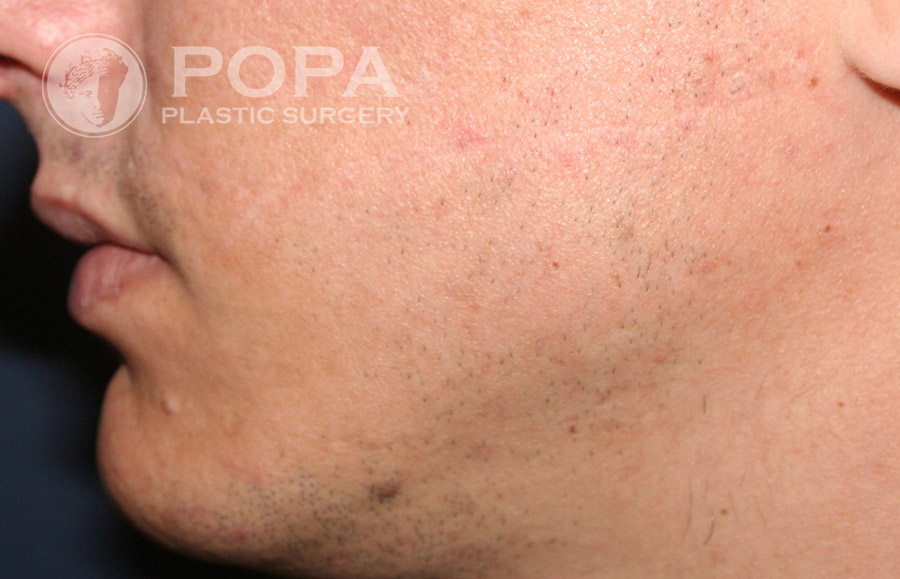
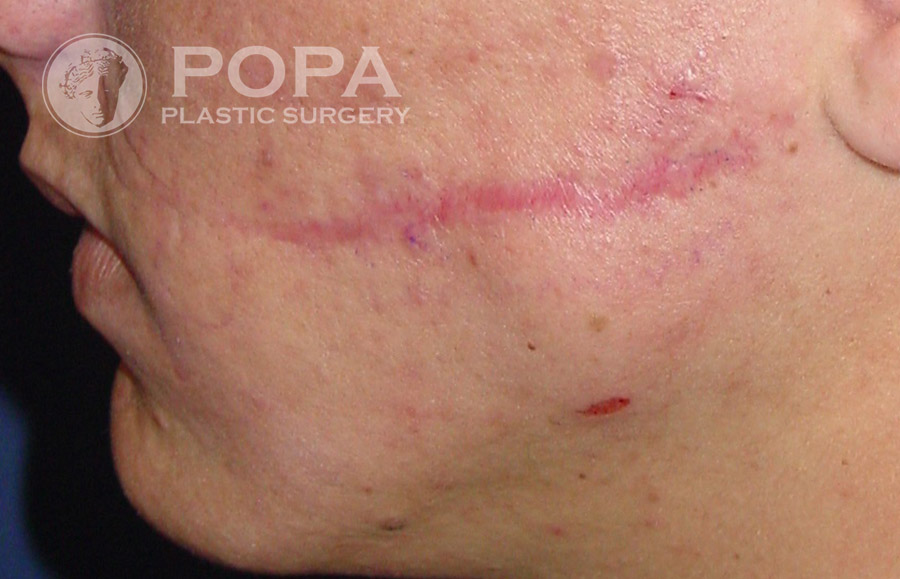
Moles & skin tags
